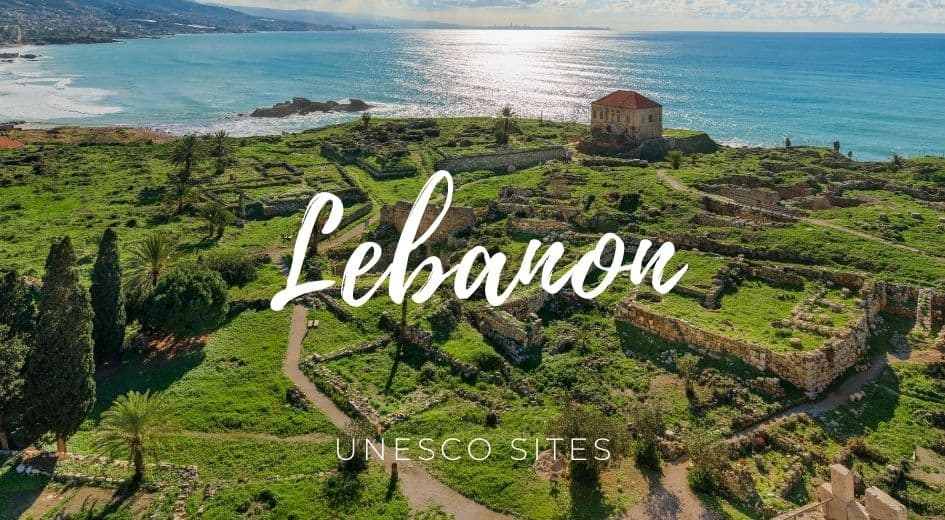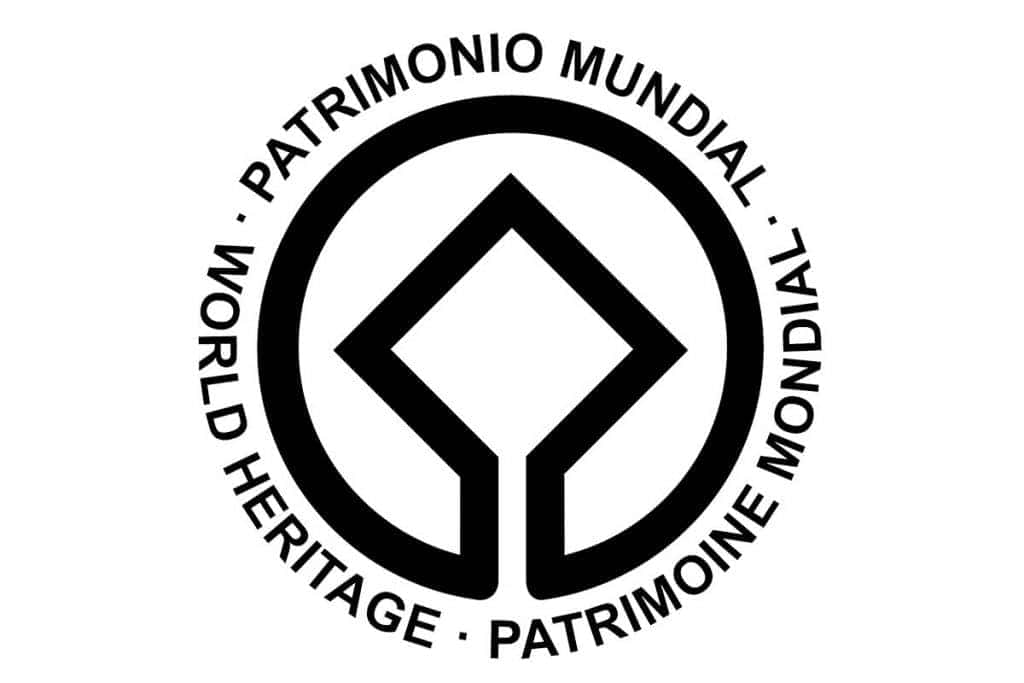Table of Contents


Lebanon UNESCO has registered 6 sites on the World Heritage list and 9 on the tentative list.
Some places are so interesting that it’s relevant to keep them for future generations. This is why UNESCO has built a list of crucial classified properties in which superb places stand out for their aesthetic, natural, artistic or cultural significance.
More than a thousand places are registered as Unesco’s World Heritage worldwide. Due to my interest in visiting World Heritage sites, I compiled the UNESCO list in Lebanon and the corresponding map.
Lebanon UNESCO list
- Anjar
- Baalbek
- Byblos
- Ouadi Qadisha and the Forest of the Cedars of God
- Tyre
- Rachid Karami International Fair-Tripoli
Lebanon UNESCO Map
Click on the blue pins to view more relevant information about each World Heritage site in Lebanon.
Description
- Anjar: is an ancient Umayyad city in Lebanon, founded in the 8th century AD. It contains well-preserved ruins of a palace, mosque, and other buildings and is now a UNESCO World Heritage Site.
- Baalbek: This ancient Phoenician city in Lebanon is famous for its well-preserved Roman ruins, including the Temple of Bacchus and the Temple of Jupiter. It is now a UNESCO World Heritage Site.
- Byblos: This is an ancient Phoenician city located in Lebanon, one of the oldest continuously inhabited cities in the world. It contains well-preserved ruins from various periods of history, including the Phoenician, Roman, and Crusader periods.
- Ouadi Qadisha and the Forest of the Cedars of God: This is a UNESCO World Heritage Site in Lebanon, comprising a deep gorge and a forest of ancient cedar trees. The site is home to numerous monasteries and hermitages carved into the cliffs and is considered a holy site by Christians.
- Tyre: This is an ancient Phoenician city in Lebanon, known for its well-preserved ruins including a Roman hippodrome and an ancient harbor. It was once a major center of trade and commerce in the Mediterranean.
- Rachid Karami International Fair-Tripoli: The renowned Brazilian architect Oscar Niemeyer designed this exhibition center in Tripoli, Lebanon. It was built in the 1960s and is considered a masterpiece of modernist architecture. The fairgrounds host a variety of events throughout the year.
UNESCO World Heritage Sites in Lebanon have protected places for their cultural and natural importance.
Sites on the Tentative List
- Le centre historique de la ville de Batroun
- Temple d’Echmoun
- Village de Menjez
- Sacred Mount Hermon and its associated cultural monuments
- Le site archeologique de Nahr el-Kalb
- Centre historique de Saida
- The castles of Mount Amel: Qalaat Al Chakif (Beaufoert castle), Qalaat Tibnin (Toron castle), Qalaat Chakra (Dubieh castle), Qalaat Deir kifa (Maron Castle), Burj Al Naoqoura (Naqoura tower)
- L’ancienne ville de Tripoli
- Ras al-Qalaat promontory / Ras Al Natour promontory / Ras el-Mlelih Promontory


